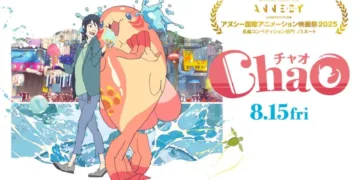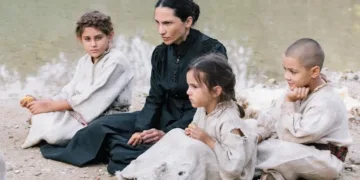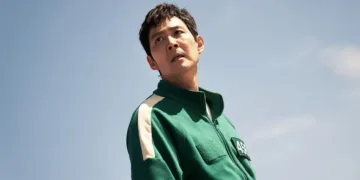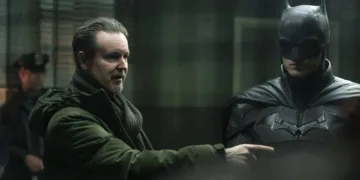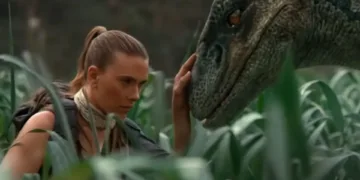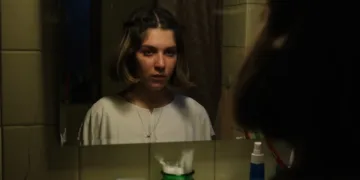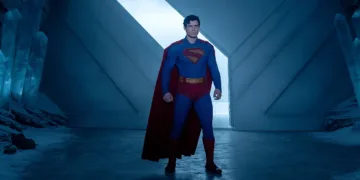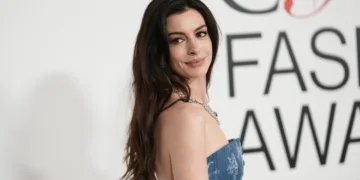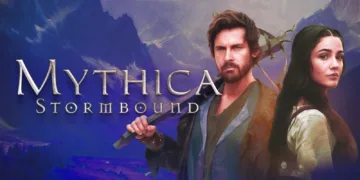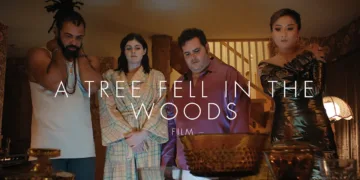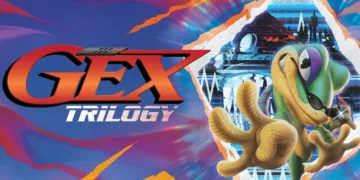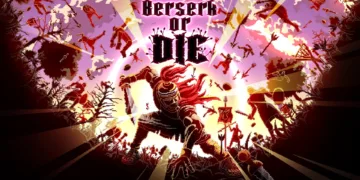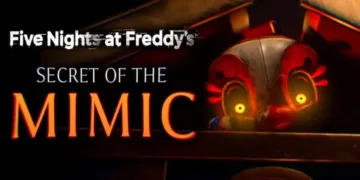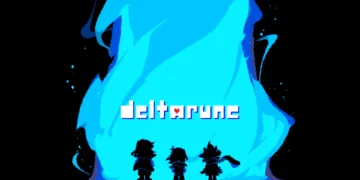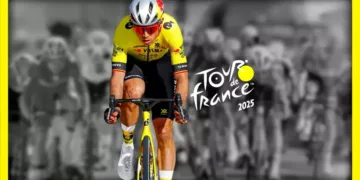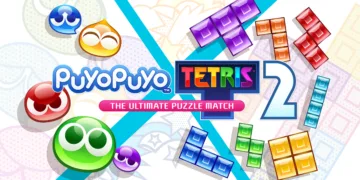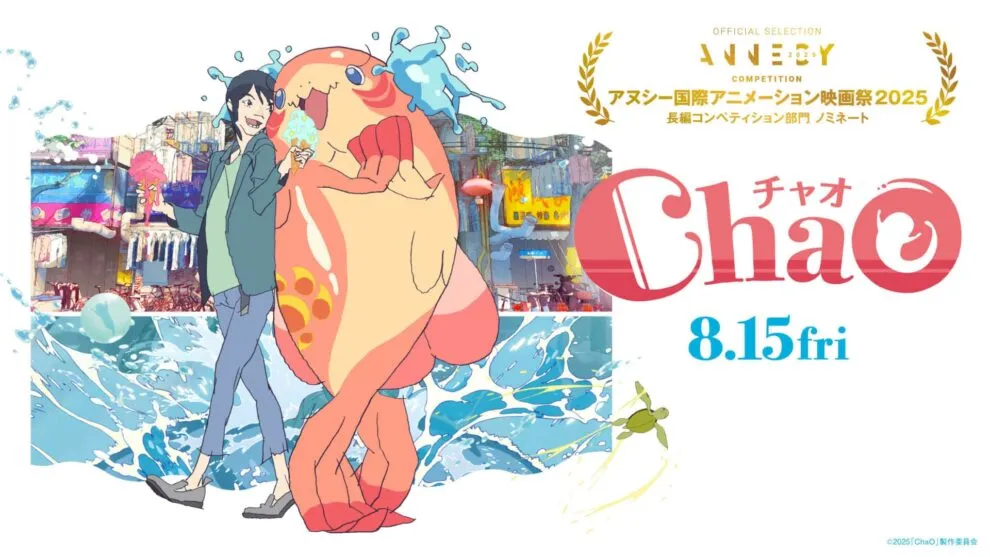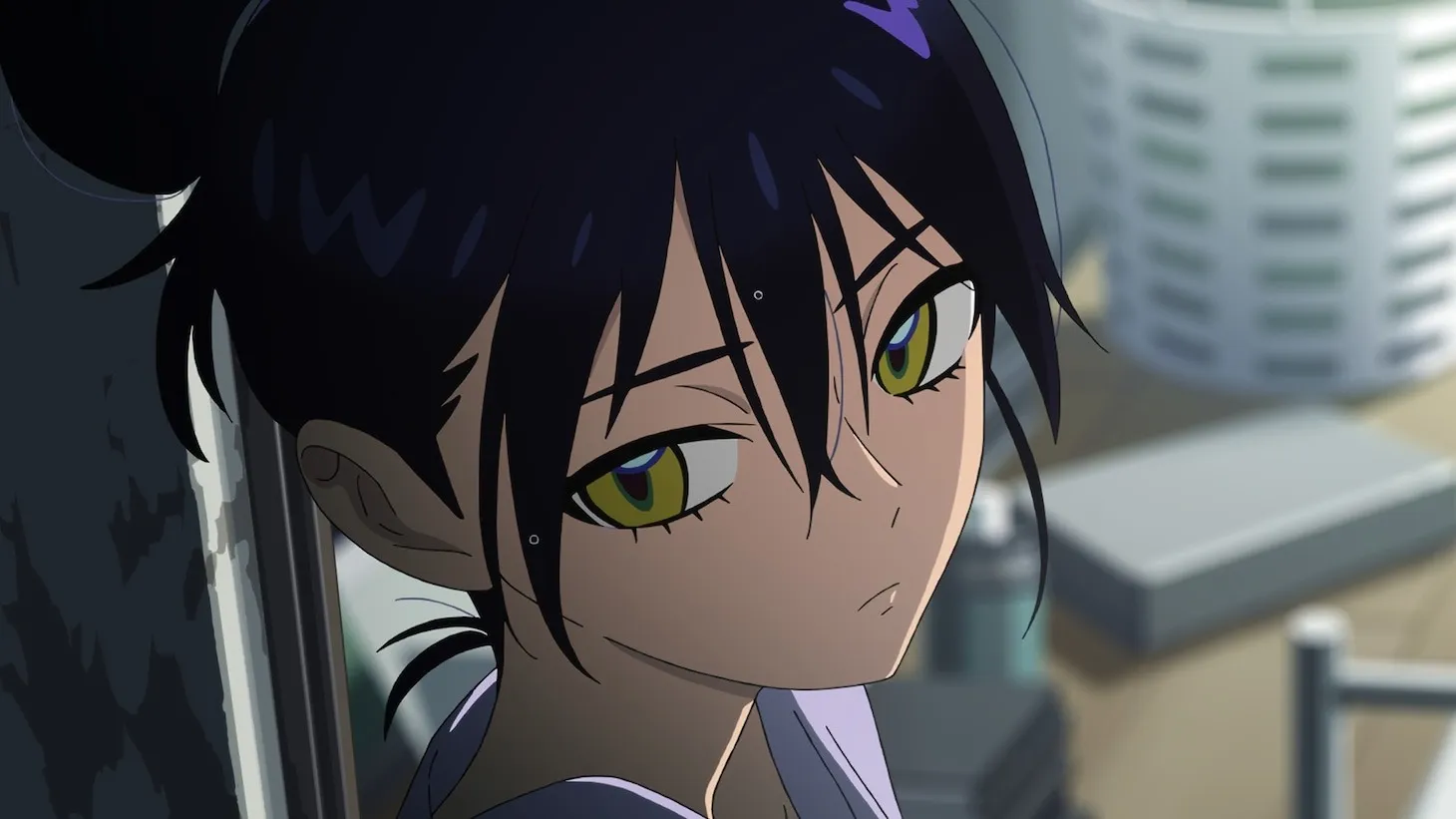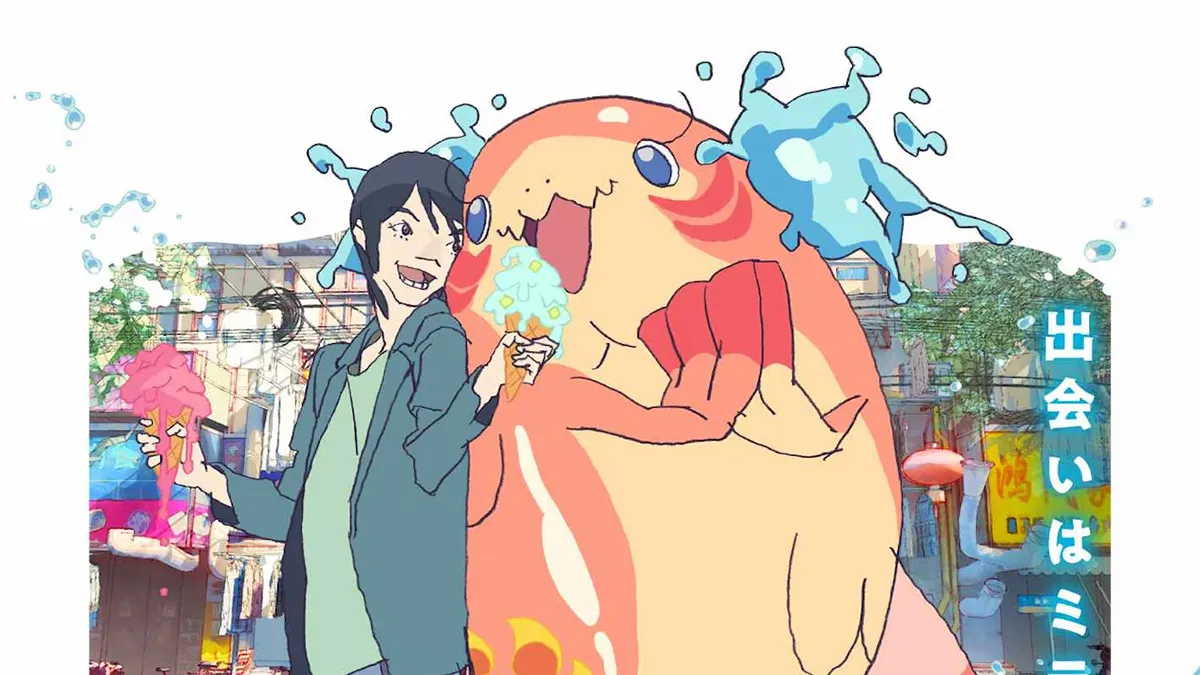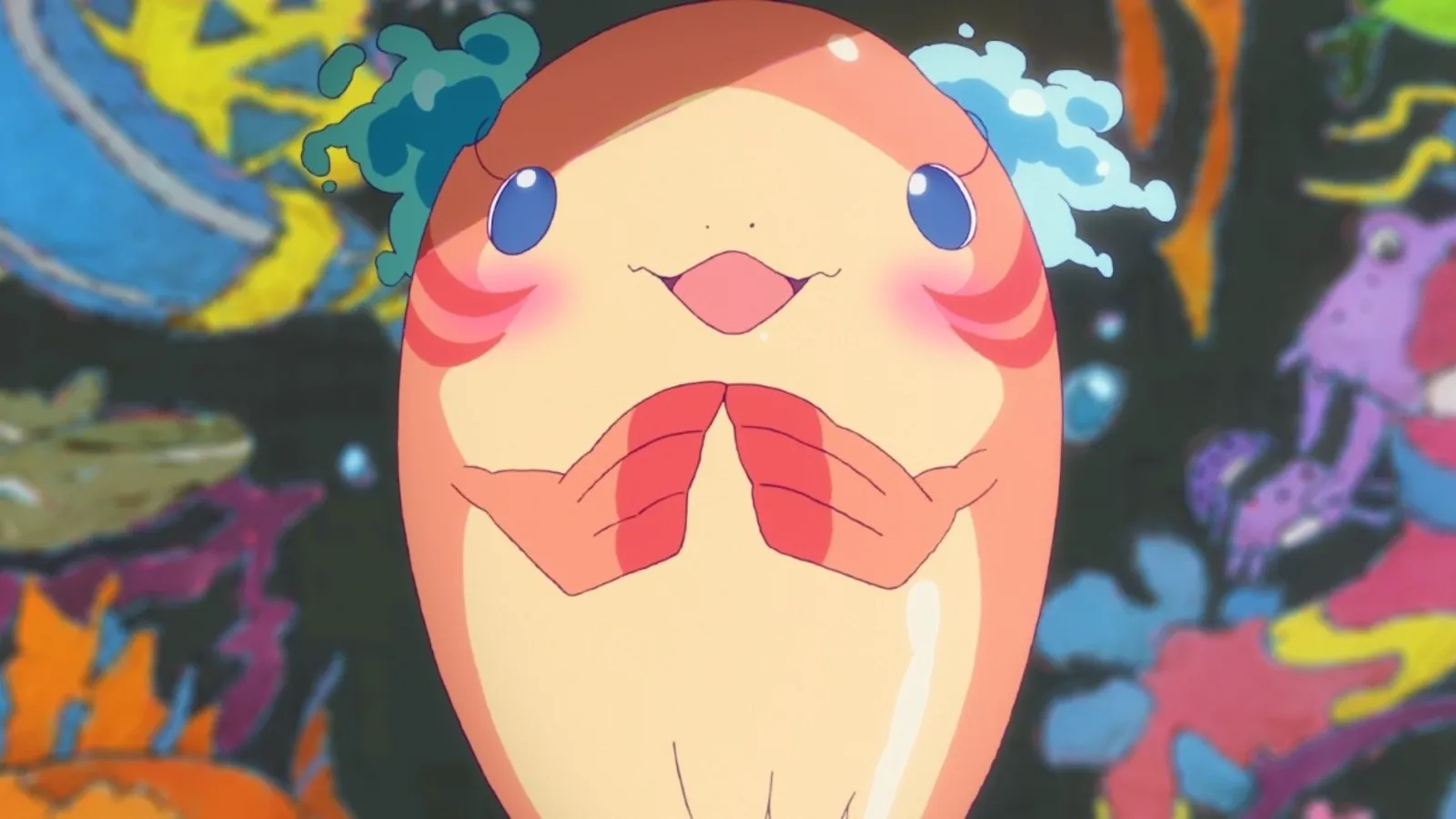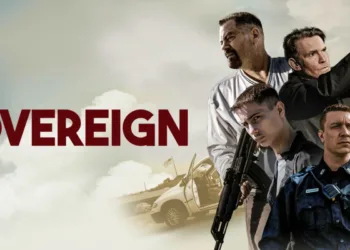In the crowded field of animated romance, few films dare to make their central love interest a giant orange fish with destructive tendencies. Yet this is precisely the bold choice that marks Yasuhiro Aoki’s feature directorial debut, “ChaO,” a film that takes the familiar mermaid romance template and gleefully dismantles it piece by piece.
Set in a meticulously crafted futuristic Shanghai where humans and merpeople have achieved an uneasy coexistence, the story follows Stephan, a lowly shipping company employee whose dreams of designing flying machines are interrupted by an unexpected marriage proposal from ChaO, a mermaid princess who appears as an enormous fish on land.
Aoki, whose animation credentials include work on “Neon Genesis Evangelion” and “Digimon,” brings a veteran’s understanding of character design and world-building to this Studio 4°C production. The film positions itself as both romantic comedy and ecological parable, using the premise of interspecies romance to explore themes of acceptance, environmental responsibility, and the collision between corporate interests and genuine connection. What emerges is a work that refuses to play by the established rules of either genre, creating something that feels both familiar and startlingly original.
Narrative Architecture: Building Romance from Reluctance
The film’s storytelling structure reveals a sophisticated understanding of how romantic narratives can be deconstructed and rebuilt. Rather than beginning with mutual attraction, Aoki constructs a relationship built on reluctance, social pressure, and genuine incompatibility.
The framing device of reporter Juno learning Stephan’s story provides necessary distance from what could have been an insufferable premise, allowing the audience to process the absurdity through a surrogate character’s bewilderment.
Stephan’s character arc follows a carefully calibrated progression from selfish indifference to genuine care, but the film avoids the typical beats of romantic transformation. His initial reluctance isn’t overcome by ChaO’s hidden beauty or noble character—instead, it’s worn down by her persistent sincerity and his own growing awareness of his moral shortcomings.
ChaO herself subverts the traditional mermaid archetype by being enthusiastic to the point of destructiveness, clumsy rather than graceful, and physically unappealing in her land-dwelling form.
The introduction of President Sea as a corporate antagonist adds layers of social commentary that could have felt forced, but the character functions effectively as both comedic foil and representation of capitalist exploitation.
His manipulation of Stephan’s situation for business gain provides external pressure that drives the plot while commenting on how genuine human connection can be commodified. The film’s handling of the “fish out of water” concept works on multiple levels, with both characters struggling to adapt to circumstances neither chose.
Visual Storytelling: Animation as Character
Studio 4°C’s approach to “ChaO” demonstrates how animation can serve narrative in ways that live-action simply cannot. The film’s visual identity, crafted under art director Hiroshi Takiguchi’s guidance, creates a world that feels both fantastical and lived-in. The futuristic Shanghai setting, with its water tube transportation system and diverse population of human and mer-creatures, establishes a believable framework for the story’s absurdist elements.
Character design becomes a storytelling tool in itself, with varied creature designs that normalize ChaO’s unusual appearance while making her transformation sequences feel earned rather than convenient. The film’s use of exaggerated expressions and physical comedy, guided by chief animation director Hirokazu Kojima, creates a visual language that can shift between slapstick and sincerity without jarring transitions. The scratchy linework and impressionistic techniques give the film a hand-crafted quality that stands apart from the polished uniformity of mainstream animation.
ChaO’s visual transformation between fish and humanoid forms serves as both comedic device and metaphor for how perception shapes attraction. The animation treats these changes not as magical reveals but as natural responses to emotional states, creating a visual representation of how genuine affection can alter how we see others. The film’s dense visual information—every frame packed with background details and incidental characters—creates a world that rewards repeated viewing while supporting the narrative’s themes of coexistence and complexity.
Thematic Depths: Love, Commerce, and Coexistence
“ChaO” operates on multiple thematic levels, though not all of them integrate seamlessly into the narrative framework. The environmental themes, while present from the beginning, feel most convincing when they emerge naturally from character interactions rather than through explicit messaging. Stephan’s AirJet invention serves as both character motivation and symbol of his desire to bridge the gap between human technology and marine life preservation.
The film’s critique of capitalism through President Sea’s character provides sharp commentary on how corporate interests can corrupt genuine human connection, though the execution occasionally veers toward heavy-handedness. The story’s exploration of authentic love versus superficial attraction works more effectively, particularly in how it handles ChaO’s physical transformations as reflections of emotional states rather than simple wish fulfillment.
Where the film struggles is in balancing its various tonal elements. The broad comedy of the first half gives way to more serious dramatic moments, and while this progression feels natural, some of the environmental messaging in the final act feels grafted onto the romantic storyline rather than organically integrated. The film’s treatment of cultural coexistence—how different species can learn to live together—works best when it remains metaphorical rather than explicit.
“ChaO” succeeds most when it trusts its central relationship and unique visual identity, creating moments of genuine charm that transcend its occasional narrative missteps. The film represents a distinctive voice in animated cinema, one that values sincerity over cynicism and originality over formula.
ChaO is a 2025 Japanese anime film produced by Studio 4°C and distributed by Toei Company. It had its world premiere at the Annecy International Animation Film Festival. The movie is set to debut in Japanese theaters on August 15, 2025. It will also be screened at the JAPAN CUTS: Festival of New Japanese Film on its opening night on July 10, 2025. Later, it will be released in North America (by GKIDS) and France (by Eurozoom).
Full Credits
Director: Yasuhiro Aoki
Producers and Executive Producers: Studio 4°C (Production company), Eiko Tanaka (Art Director), Hiroshi Takiguchi (Art Director)
Cast: Ouji Suzuka (voice), Anna Yamada (voice), Ryota Yamasato (voice), Kavka Shishido (voice), Yuichiro Umehara (voice), Kenta Miyake (voice), Shunsei Ota (voice), Anna Tsuchiya (voice), Cookie! (voice)
Director of Photography (Cinematographer): Takanori Nakashima
Composer: Takatsugu Muramatsu
The Review
ChaO
Yasuhiro Aoki's debut feature is a charming anomaly that subverts romantic comedy conventions through inventive animation and sincere character work. While the environmental themes feel somewhat forced and tonal shifts occasionally jar, the film's visual creativity and willingness to embrace the grotesque in service of genuine emotion make it a rewarding watch for animation enthusiasts seeking something different.
PROS
- Unique visual identity and innovative animation techniques
- Subversive take on mermaid romance tropes
- Strong character development and sincere emotional core
- Excellent world-building and art direction
- Effective visual comedy and creative character design
CONS
- Environmental messaging feels heavy-handed at times
- Tonal inconsistencies between comedy and drama
- Some visual gags feel dated
- Third act becomes overly melodramatic
- Themes don't always integrate seamlessly
